
How to Care for a Cobalt Blue Tarantula (November, 2023)
The Blue Cobalt tarantula has long and powerful fangs capable of inflicting painful bites when threatened. The resulting pain and irritation may last for several days, enough to deter any attackers from ever trying their luck again. 3. A No-Nonsense Personality The Blue Cobalt tarantula isn't exactly the friendliest spider of the bunch.
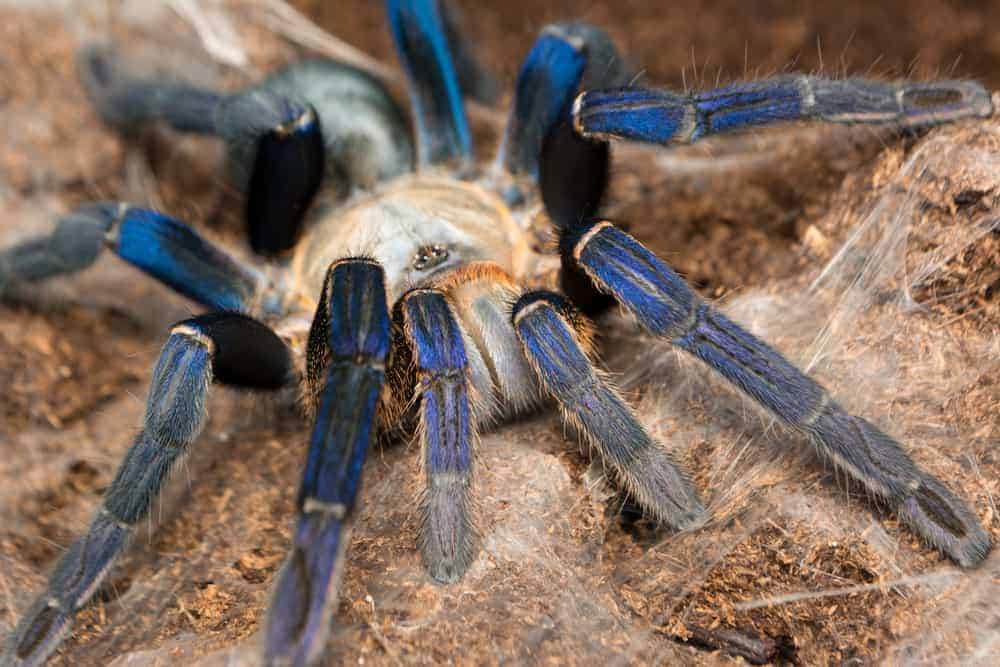
13 Facts About Cobalt Blue Tarantula
Cobalt Blue Tarantulas are a species of large spiders that belong to the Theraphosidae family of tarantulas. They are also commonly known as Cobalt Blues, Electric Blues, and Singapore Blue tarantulas. The common names come from the Cobalt Blue coloring that is characteristic of these spiders, as well as their electric blue hairs.
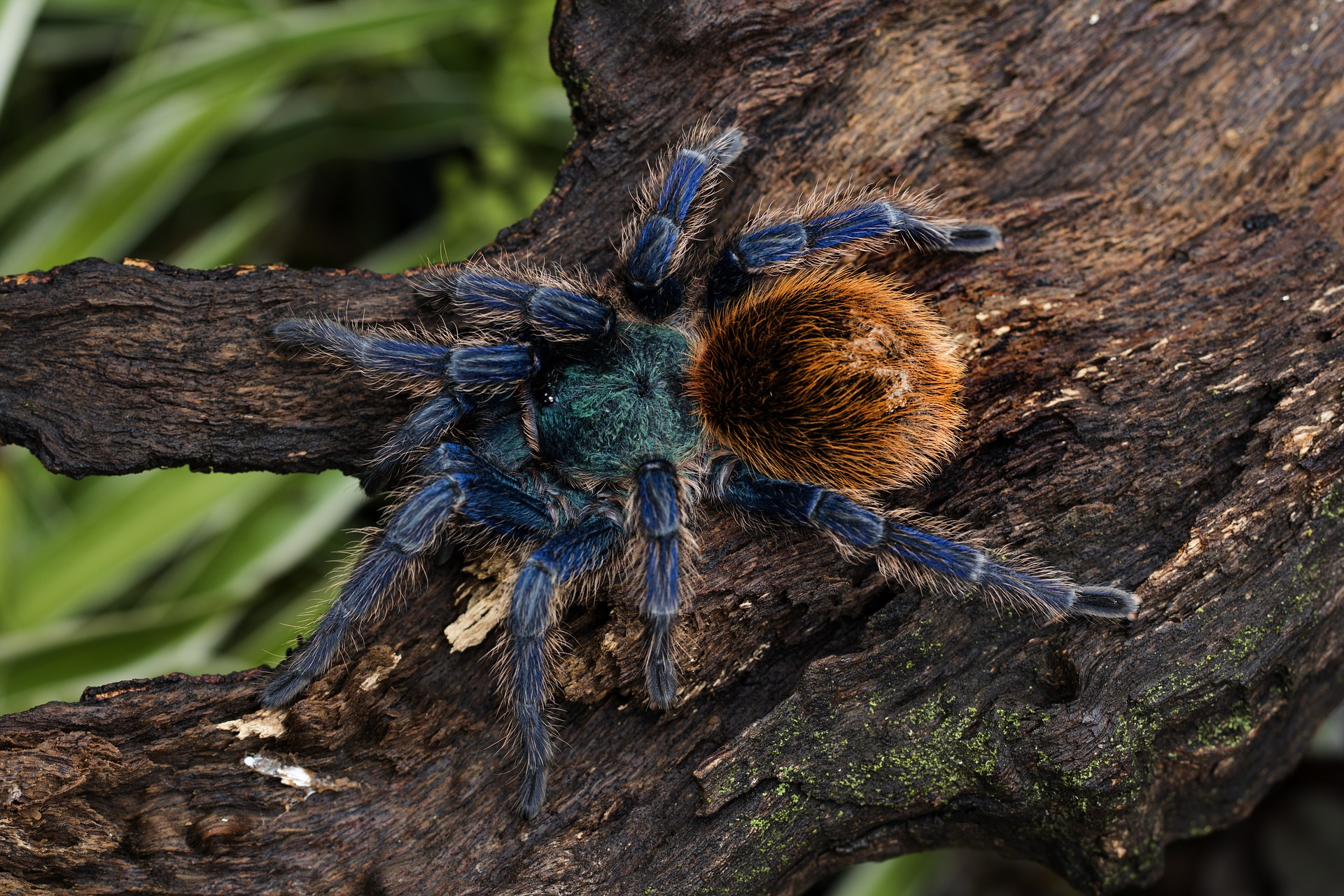
10 Basic Facts about the Cobalt Blue Tarantula nancyrubin
Poecilotheria metallica, a critically endangered species, is covered in an intricate geometric blue pattern; the burrow-building cobalt blue tarantula ( Haplopelma lividum) is a slightly.
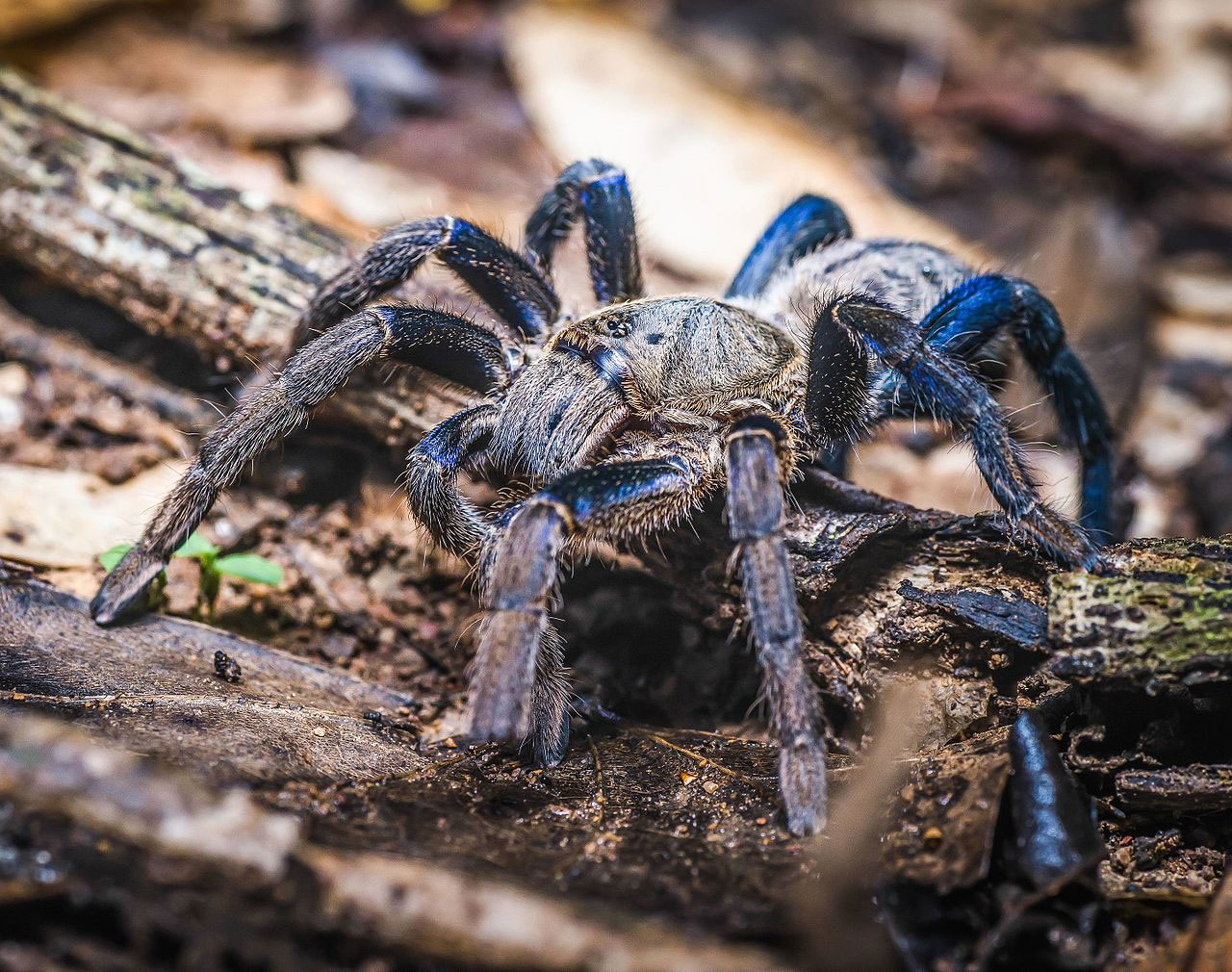
Blue Tarantula Spider Learn About Nature
The Cobalt Blue Tarantula is a tool-sized tarantula with an average leg period of regarding 5 inches. Its most magnificent feature is its iridescent blue legs which give this variety its familiar name. The spider's body and abdominal area are ordinarily dark brown or black in colour.

cobalt blue tarantula Strange Animals Podcast
Whereas species such as the Brazilian whiteknee tarantula are comparatively common in captivity, many others are rare, such as Poecilotheria metallica, a cobalt-blue tarantula native to India.

Cobalt Blue Tarantula Cyriopagopus lividus Empire Tarantula
The Cobalt Blue Tarantula (Cyriopagopus lividum) is a medium-sized terrestrial spider from southeast Asia. Its bright coloration and web-building habits make it an unusual but fascinating pet and have gained it considerable popularity amongst arachnid keepers.
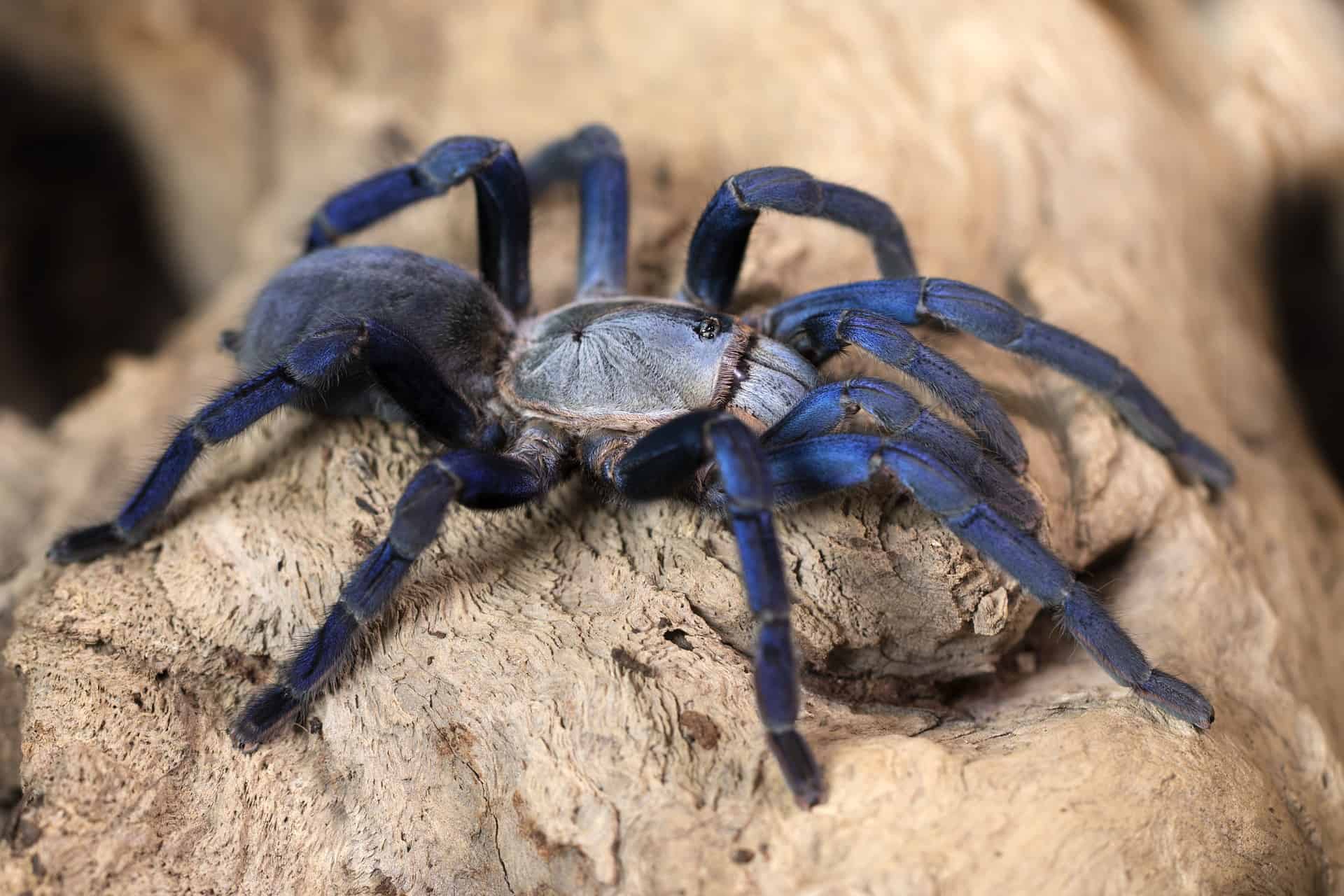
50 Thrilling Tarantula Facts That Are Too Big To Miss
8. Singapore Blue Tarantula Lampropelma violaceopes - This is a very large old world arboreal tarantula that has become a favorite in the tarantula trade due to its incredible blue appearance. Females are a rich blue with a darker abdomen, while males are slightly less vibrant. As they age, males shift in color from blue to either green or yellow.
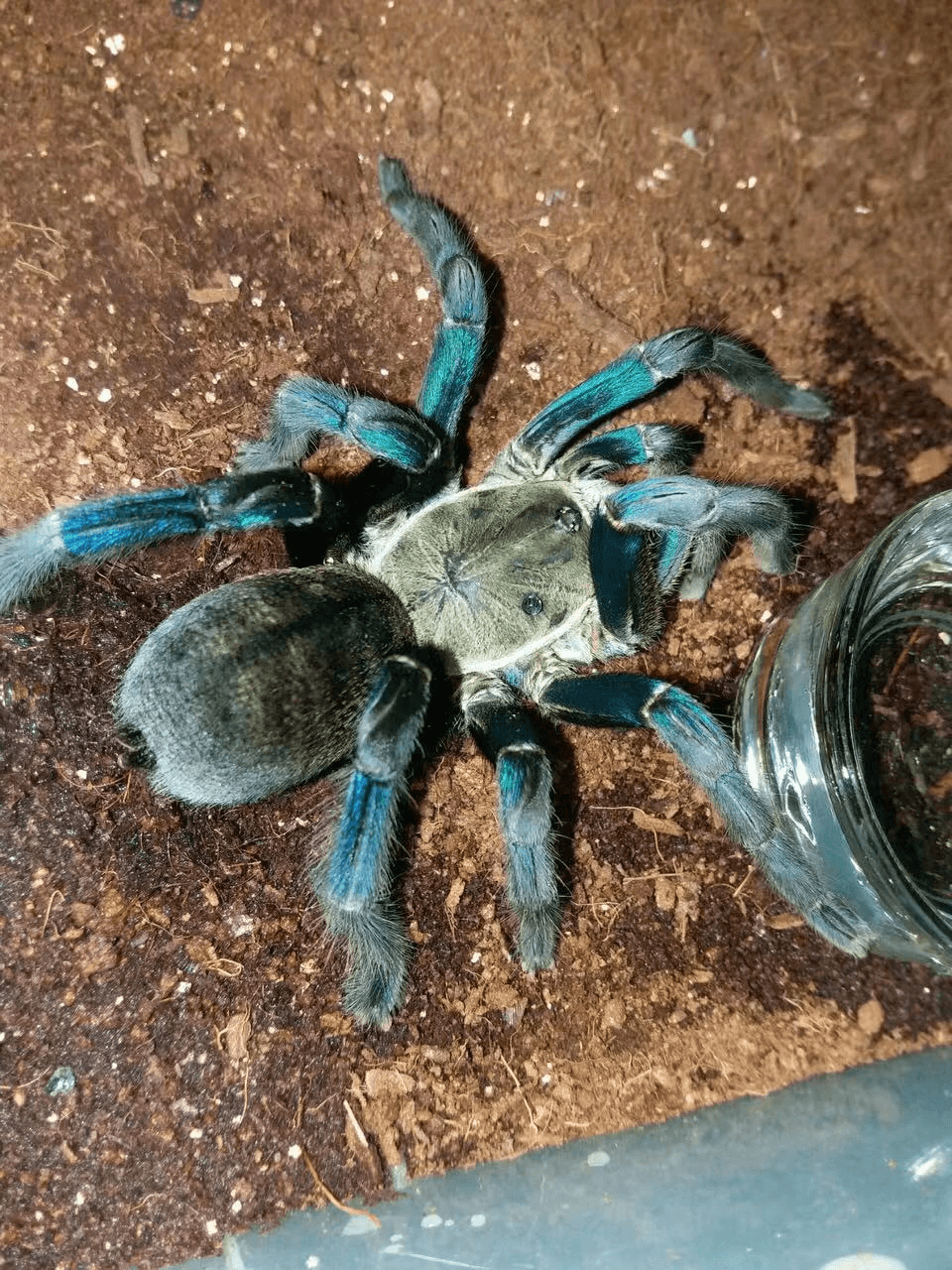
Cyriopagopus lividus (Haplopelma Lividum) Cobalt blue tarantula for sale HappyForestStore
The Cobalt Blue Tarantula, also known as the Haplopelma lividum, is one of the most stunning and captivating arachnids in the world. Its vibrant blue coloration sets it apart from other species, making it a popular choice among exotic pet enthusiasts. Natural Habitat
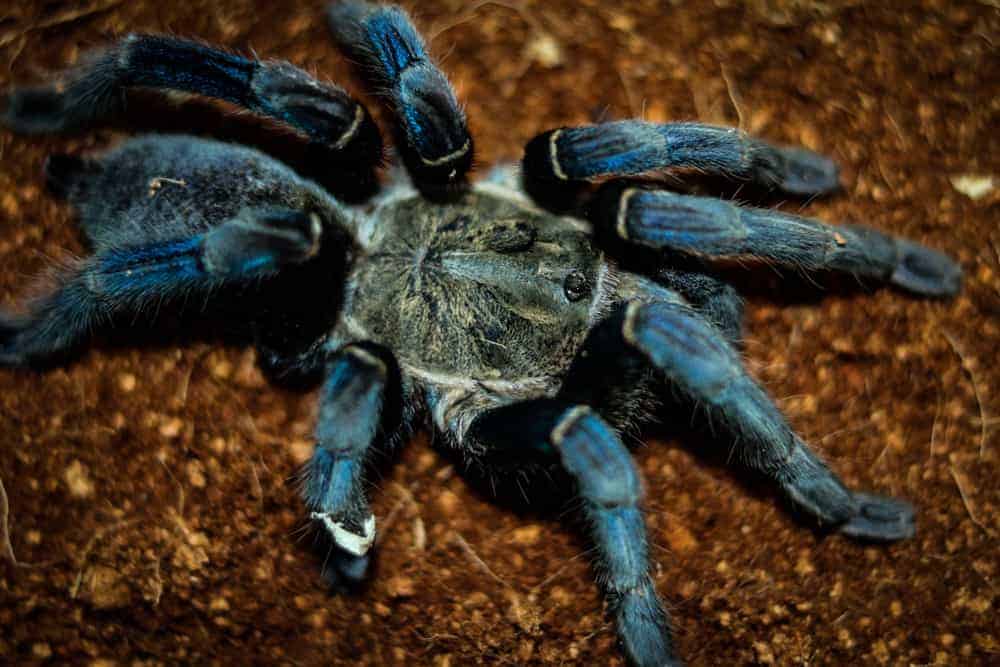
13 Facts About Cobalt Blue Tarantula
Cyriopagopus lividus (Cobalt Blue Tarantula) Info + Care Previously known as: Haplopelma lividum Old World, Terrestrial burrower Size: About 5"Growth Rate: FastNatural Habitat: Thailand and Burma. Myanmar. Tropical rain forests.Housing Needs: Terrestrial burrowing habitat. This species thrives best with high humidity a
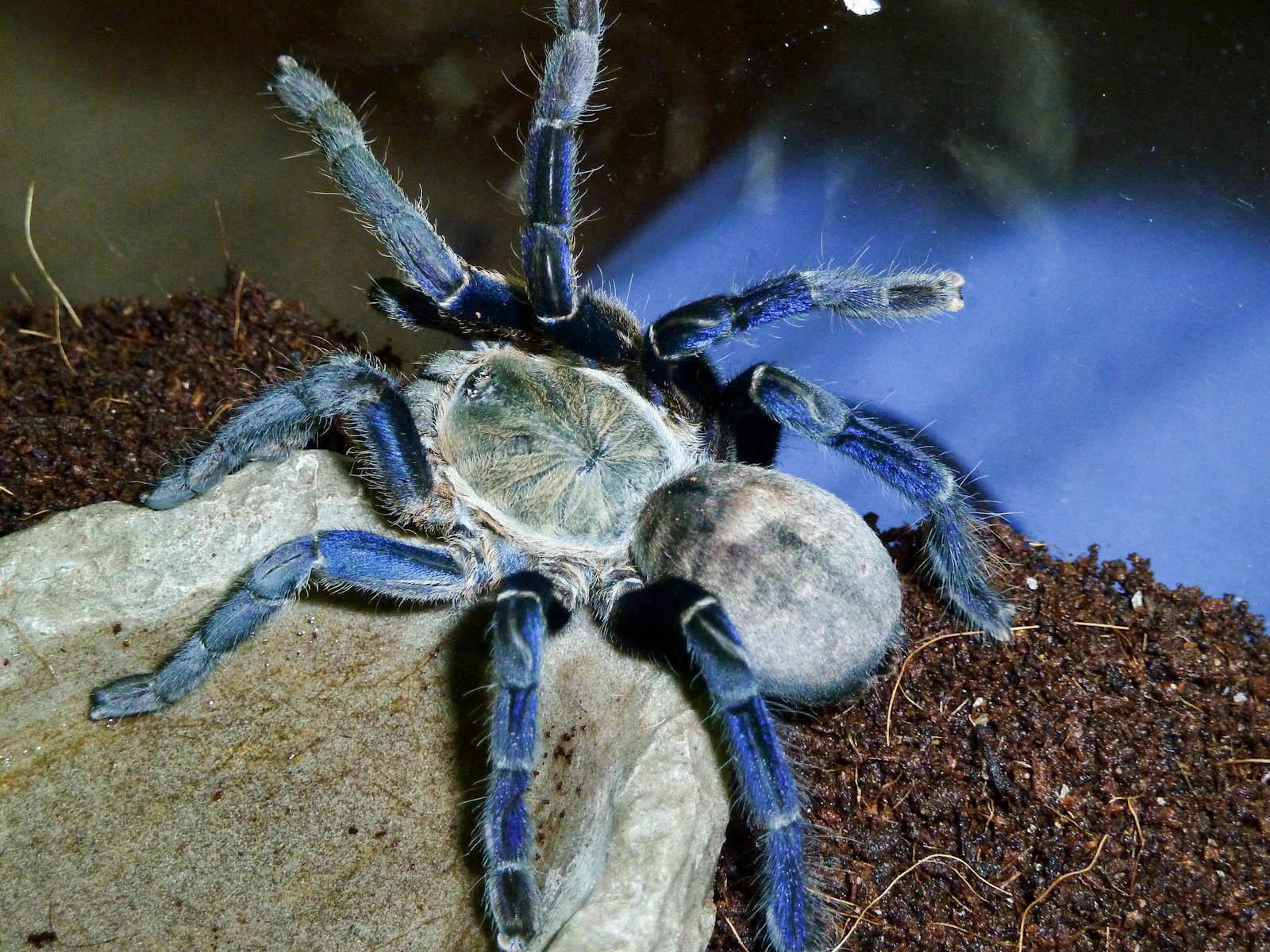
Facts about Cobalt Blue Tarantula Care Some Interesting Facts
The Cobalt blue tarantulas with the scientific name of Cyriopagopus lividus also called the Haplopelma lividum, are native to the Cambodia, Laos, Malaysia, Vietnam, and Myanmar tropical rainforests. They have greenish to blue-colored cephalothorax and cobalt-blue-colored legs.

Cyriopagopus lividus cobalt blue r/tarantulas
Cobalt blue tarantulas spend most of their time in self-dug burrows and only emerge when it's time to eat Continue Reading after the facts. Advertisement Cobalt Blue Tarantula Scientific Classification Kingdom Animalia Phylum Arthropoda Class Arachnida Order Araneae Family Theraphosidae Genus Cyriopagopus Scientific Name Cyriopagopus lividus
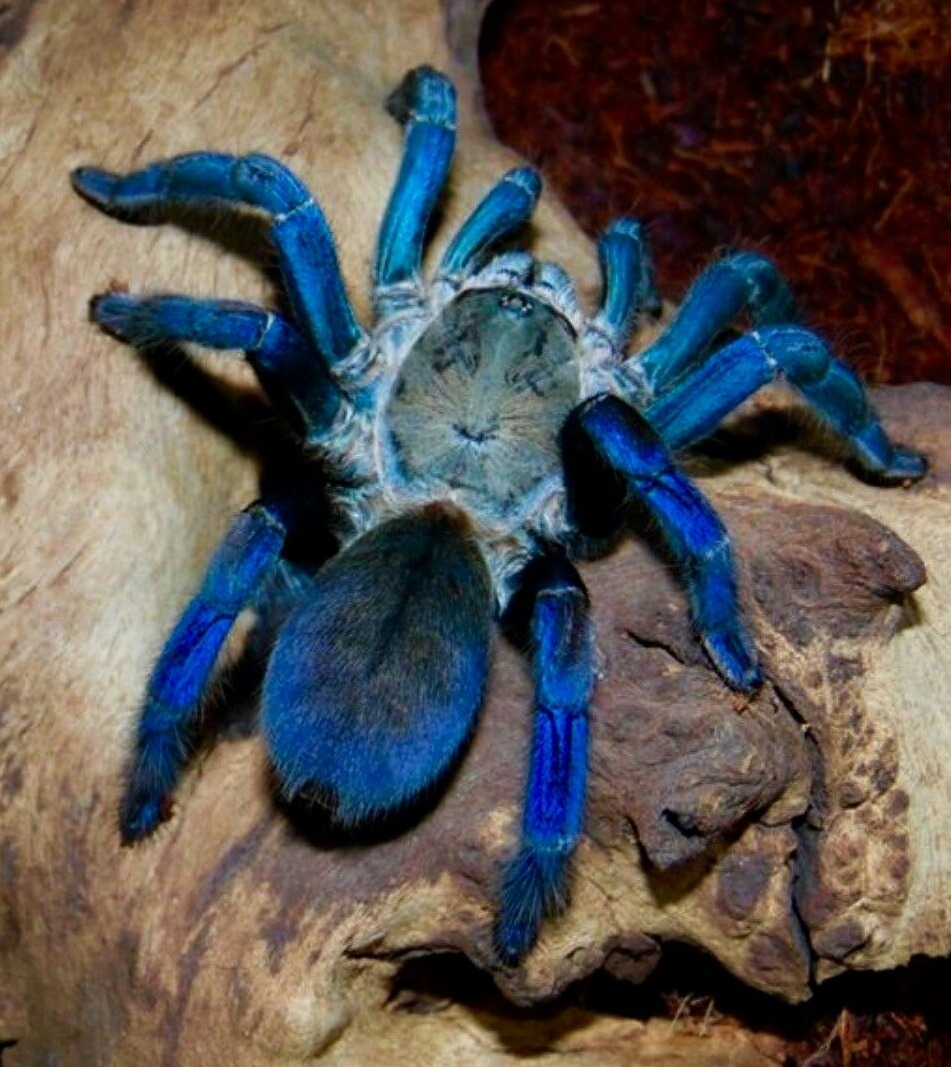
tarantulas are cute too — cobalt blue (cyriopagopus lividum) this stunning...
Scientific Classification Family: Theraphosidae Genus: Cyriopagopus Scientific name: Cyriopagopus lividus Physical Description and Identification Adults Size: Usually the spider is medium-sized and the leg span is more or less 5 in (13 dm) Color: Legs are blue with an iridescence touch, opisthososma and prosoma are gray with chevrons.
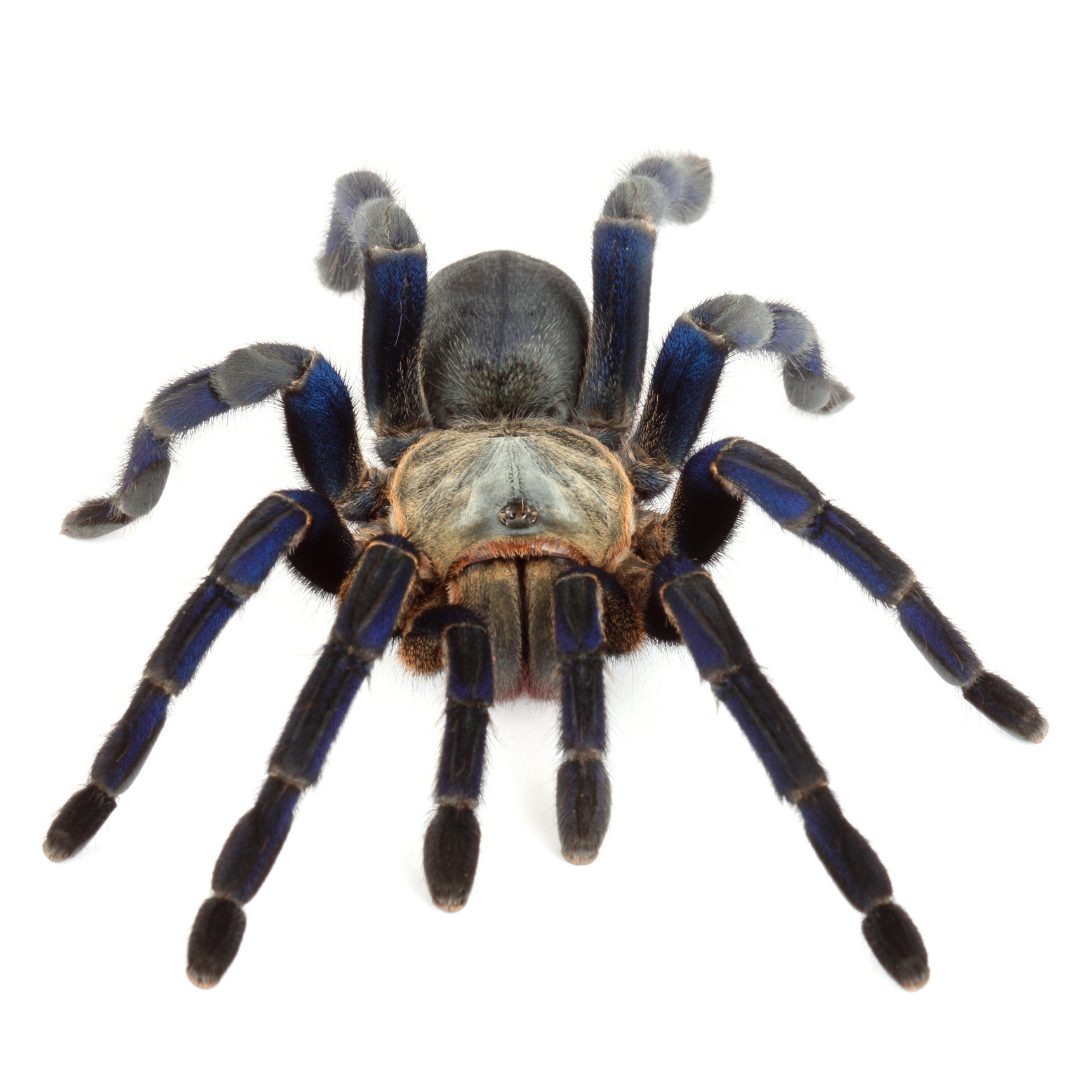
Cobalt Blue Tarantula Evolution Reptiles
The cobalt blue tarantula is an Old World species as it originated in Asia. Other tarantulas are New World as they originated from the Americas, specifically North America, Central, and South America. 2. Physical Appearance At first glance, the cobalt blue tarantula looks black.
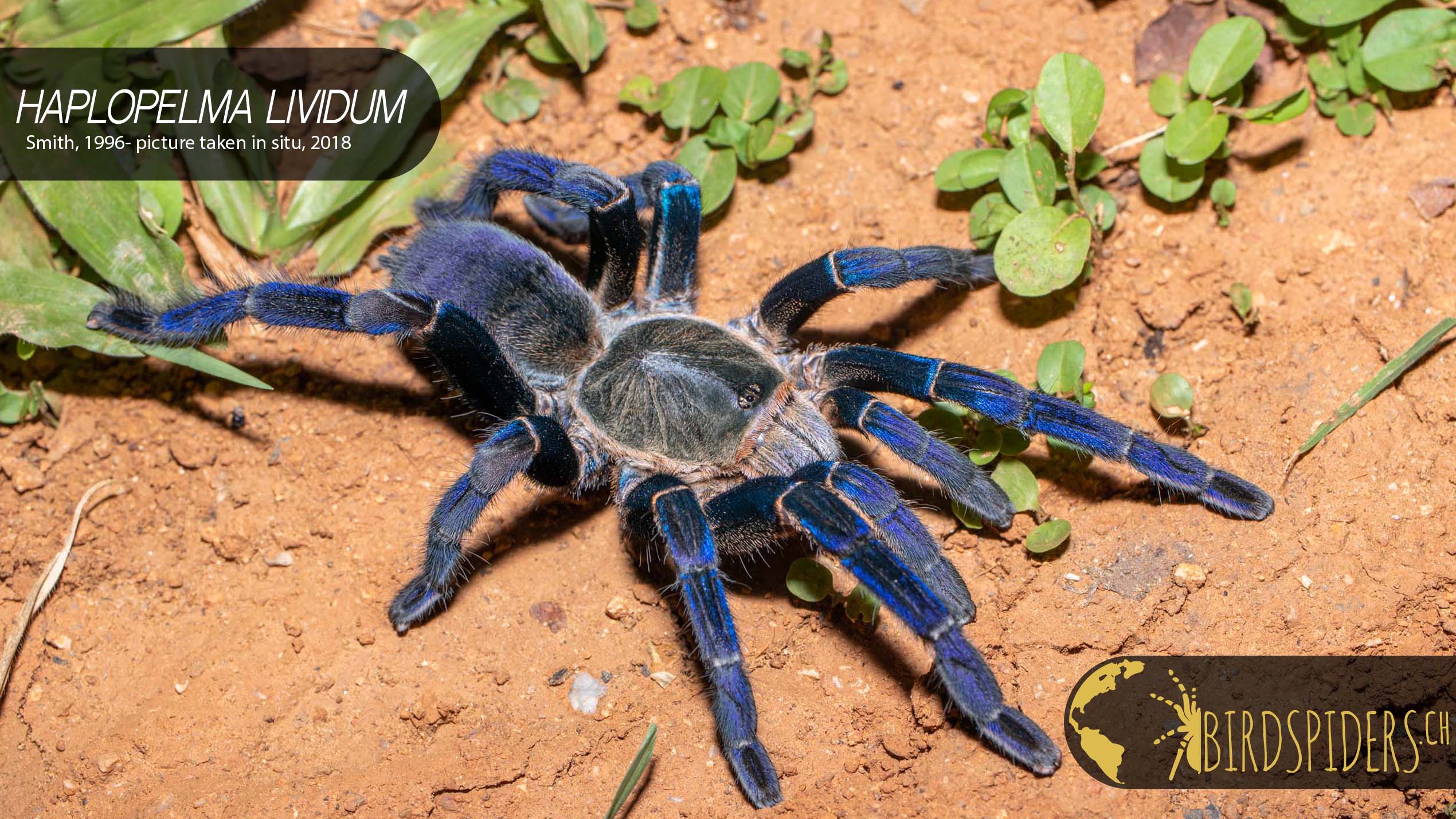
Cobalt Blue Tarantula Cyriopagopus or Haplopelma lividum
Cobalt blue tarantulas live in the tropical forests of Thailand, Laos, Cambodia and Vietnam. It is one of the most attractive and most aggressive species of tarantula. The spider appears almost black at first glance, but is actually a bright blue color. It can reach a max size of five inches and like most tarantulas, the female lives much.
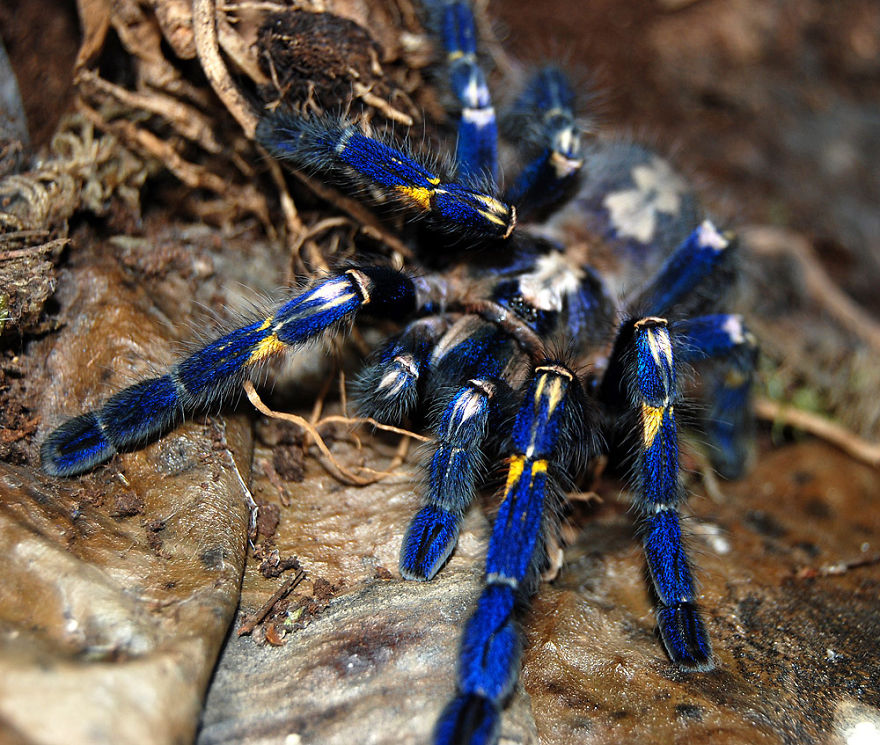
“cobalt Blue” Tarantula Bored Panda
The Cobalt Blue Tarantula, known for its striking blue coloration, is a fascinating and enigmatic creature that requires meticulous care and attention. With a lifespan of up to 20-25 years for females and a shorter lifespan for males, these medium-sized tarantulas are not suitable for inexperienced owners.

Cyriopagopus lividus (Cobalt Blue Tarantula) Aracnídeos, Predador, Animais
Cobalt Blue Tarantulas are medium in size and grow at a very rapid pace; molting about every four to six months. Once spiderlings reach sexual maturity, the gender becomes clear. Females stay blue and males develop a blue-gray. Diet and Feeding